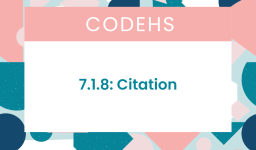Question: The number and magnitude of decisions and problems that must be addressed during an emergency are a direct outgrowth of:
Quick answer: Decisions that were or were not made during the planning process.
This question is a part of FEMA IS-241.C: Decision Making and Problem Solving Answers.
Broad Description
The number and magnitude of decisions and problems that must be addressed during an emergency are indeed a direct outgrowth of decisions that were or were not made during the planning process.
Emergency management planning is a critical process that allows organizations to anticipate potential crises and develop strategies to manage them. These plans should detail roles and responsibilities, coordination mechanisms, lines of communication, resources, and protocols for different emergency scenarios.
When adequate planning is done, it allows for a more efficient and effective response to emergencies. Conversely, when planning is insufficient or non-existent, more problems and decisions may arise during an emergency. These could include logistical issues, communication breakdowns, lack of resources, or confusion about roles and responsibilities.
During the planning process, potential problems are identified, and decisions are made to mitigate these problems. These decisions could involve investing in specific resources, training staff, establishing partnerships with other organizations, or developing specific protocols or procedures.
However, no plan can anticipate every potential problem, and emergency situations can often bring unexpected challenges. Therefore, problem-solving and decision-making skills remain crucial during an emergency, and these skills can be honed through training, exercises, and experience.
Source: FEMA – Problem Solving and Decision Making



